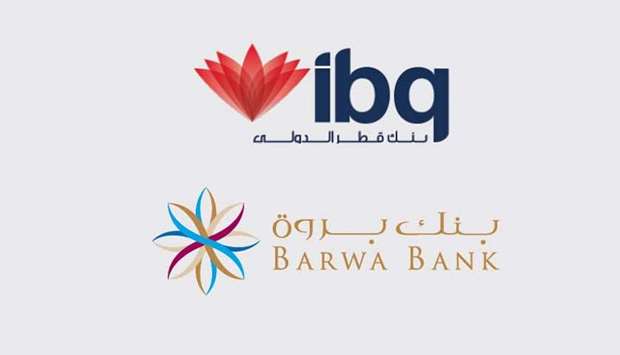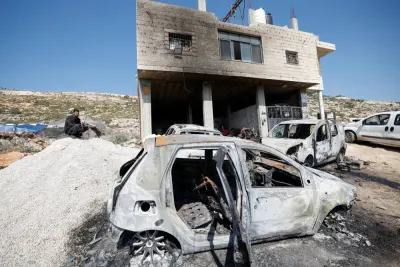The proposed merger between Barwa Bank and International Bank of Qatar (IBQ) is expected to not only alleviate the profitability pressure in the system but also ease the funding costs; even as integration challenges remain, according to Moody's, a global credit rating agency.
Moody's found the banking sector structure, where QNB has an outsized share of domestic loans with the smaller lenders competing for the remaining opportunities, has driven intense price competition, resulting in pressure on loan yields and profitability, and leading in some cases to inappropriate risk pricing in lending.
The merger would create the third largest Islamic bank in Qatar and the sixth largest Qatari bank with a 5% market share of domestic loans.
Once completed, the surviving entity will be Barwa Bank. It will have total assets of around QR80bn, post consolidation.
"The merger of two domestic banks, while only a small first step, would help to ease these pressures," it said, adding it will create the ninth-largest Islamic bank in the Gulf Cooperation Council (GCC) and "we would expect it to benefit from the growth of Islamic assets across the Gulf region."
Islamic banking asset growth has outpaced conventional banking in the GCC in recent years, evidenced by a 10% compound annual growth of financings (analogous to loans) for Islamic banks during 2012-17 against 7% for the conventional lenders.
The Qatar Central Bank's regulation restricting Islamic banking offerings to pure, Shariah-compliant entities since the end of 2011 has been a key driver of growth.
Finding that credit growth in the GCC has moderated as a result of lower oil prices, it said "we nevertheless expect Islamic banks to post higher growth across the region than their conventional counterparts."
Highlighting that the merger could modestly ease rising funding costs, Moody’s said the consolidation would also modestly balance the competitive pressure on deposits in Qatar's concentrated depositor base.
Competition for deposits has pushed banks to pay more, driving up their funding costs. The trend of declining government deposits in the system has reversed since June 2017, but domestic funding sources continue to remain tight, Moody's said.
Government deposits accounted for 38% of total deposits in the system as of June 2018, up from 26% just prior to the dispute, offsetting an outflow of foreign funding, it said, adding "successful consolidation would marginally ease the pressure on rising borrowing costs."
The enlarged bank would have a diverse financing and depositor profile. The merger would strengthen the business proposition of the combined entity, given the individual segmental strengths of the merged banks.
Finding that Barwa Bank has a solid consumer and corporate business and IBQ (also has a strong corporate business) is a niche player in private banking; Moody's said the expanded capital base of the merged entity would enable it to participate in larger syndicated loans regionally, providing some geographical diversification.
At the same time, given the small size and limited opportunities in the home market, a merger of local banks is a relatively less risky inorganic growth strategy unlike some of their Qatari peers who have expanded internationally into jurisdictions (mainly other Middle Eastern and African countries), which are riskier than their home market.
Both Barwa Bank and IBQ display a concentrated deposit base, with their top 20 depositors accounting for a significant share of total deposits.
IBQ, however, has considerably less reliance on deposits from the government (30% of total deposits as of end-2017 against 43% for Barwa Bank), with large deposits from private banking as its main funding source.
"As a result, the combined entity's depositor profile would be more diverse than is the case for the individual entities," Moody's said.
However, Moody's cautioned that it expects the merger to entail considerable integration challenges, which it would need to evaluate against the cost synergies and other benefits.




